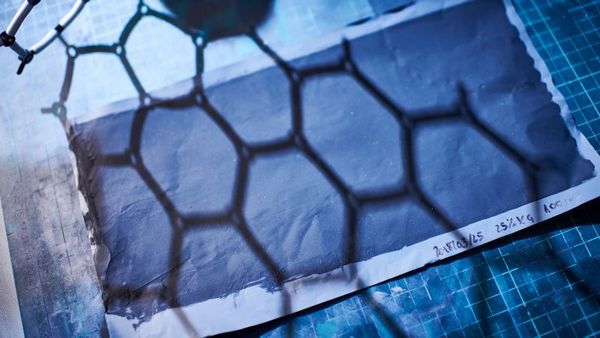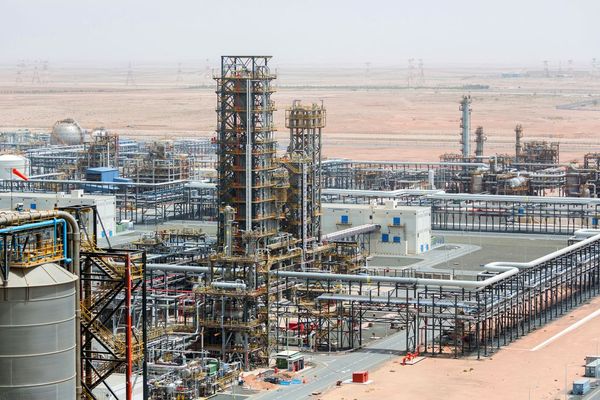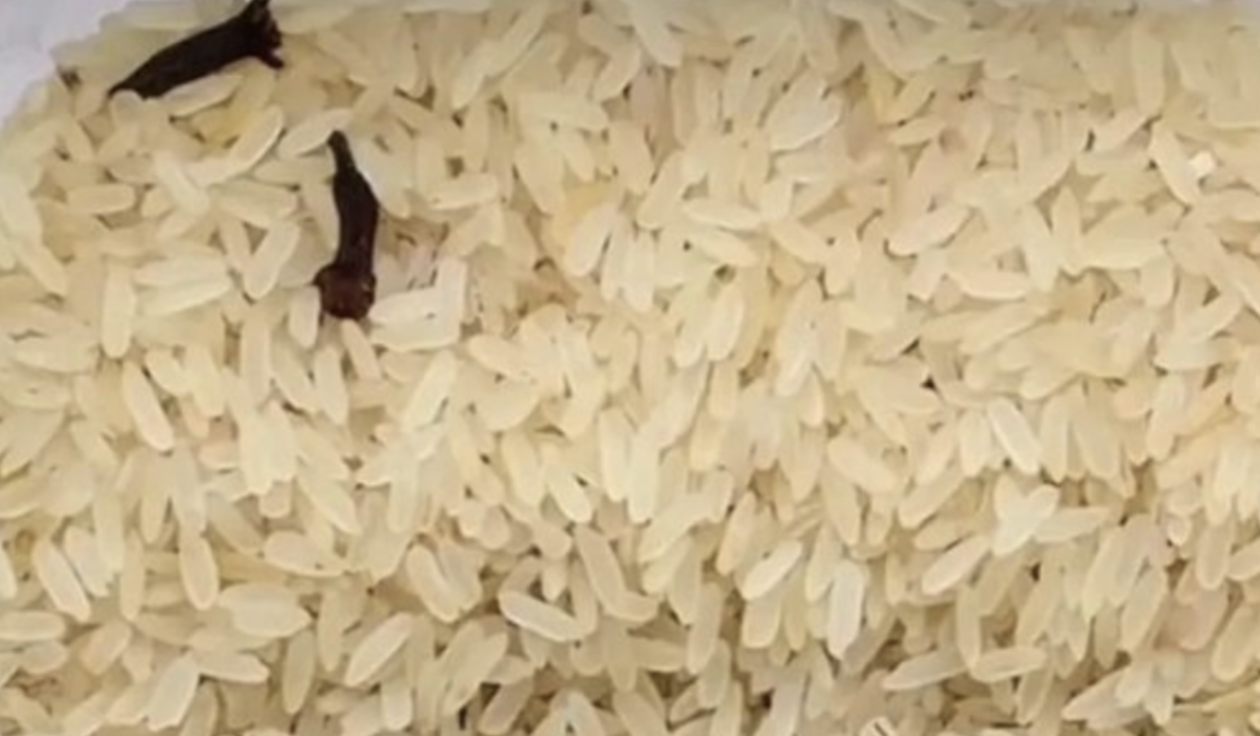Graphene, often called a “miracle material,” is creating waves in the field of technology. This two-dimensional carbon material, one million times thinner than a human hair and stronger than steel, has the potential to revolutionize various industries, from electronics to transportation. But now, researchers at Khalifa University in the UAE are exploring a new use for graphene: clean drinking water.
Desalination, the process of removing salt from seawater, is vital in regions like the UAE, where potable water is predominantly obtained through this method. With more than 300 million people globally relying on desalinated water, the importance of finding a more efficient and cost-effective solution cannot be overstated. This is where graphene comes in.
Hassan Arafat, Senior Director of the Research & Innovation Center for Graphene and 2D Materials at Khalifa University, is leading the effort to develop a graphene-enhanced membrane for desalination. The goal is to make the process more efficient and affordable, addressing the global water shortage crisis exacerbated by climate change and pollution. Arafat believes that making a positive impact on these pressing issues is truly fulfilling.
Graphene’s potential extends beyond desalination. RIC2D at Khalifa University is also exploring other applications, such as sustainable construction materials that can reduce carbon dioxide emissions and renewable hydrogen energy solutions. These innovations have the potential to make a significant difference in combating climate change.
Leveraging the oil and gas industry’s by-products, like methane, the UAE aims to harness the power of graphene and achieve zero emissions by 2050. Through a partnership with UK startup Levidian, RIC2D has developed a plasma chemistry process to extract carbon from methane. This process not only supports graphene production but also yields hydrogen, which can be used as a fuel. Additionally, graphene-composite materials can be utilized to create stronger pressure vessels for hydrogen storage.
During the Graphene Flagship Week, RIC2D showcased several projects on the brink of commercialization. These collaborations include the development of graphene-based biosensors with French company Grapheal and the exploration of converting waste materials, like used tires, into graphene products with Turkish company NanoGrafen.
Bringing these groundbreaking ideas to fruition may take time. However, Arafat is optimistic and hopes that the impact of his research can extend beyond the Emirates. By thinking globally and starting locally, there is a remarkable opportunity to address global challenges and create a better future for all through the power of graphene.






